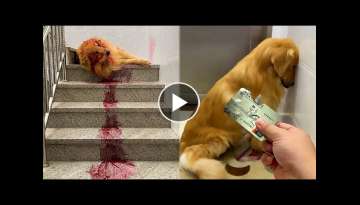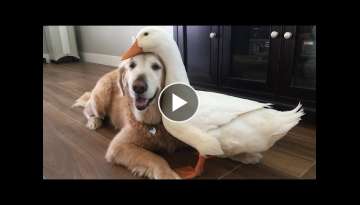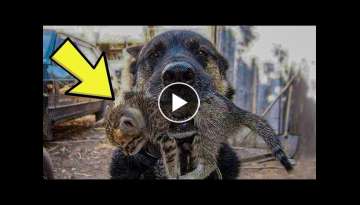How many teeth do dogs have when they are born?
How many teeth do dogs have
The dental health of your dog is just as important as your own and should be one of the things you take care of on a daily basis, especially since your pup can’t do it for himself. Have you ever wondered how many teeth dogs have when you think about your best friend’s dental care Just like small children, puppies start out with temporary teeth that eventually fall out to make way for their adult teeth.
Are you wondering when your puppy’s teeth will fall out Would you like to know how many teeth your dog will have If so, you’re not alone.
Unlike small children, dogs lose their first teeth very quickly due to their rapid maturation. Depending on the size and breed of the dog, according to Dr. Lucas White of Sunset Veterinary Clinic, the incisors are the first to fall out at about 4 months of age, followed by the canines, usually at 5 to 6 months.

Then the premolars and molars will come in between 5 and 8 months, and eventually there will be a total of 42 permanent adult teeth. Any puppy teeth that do not fall out will need to be extracted by a veterinarian.
See our canine dental anatomy guide for answers to these questions and more.

The Four types of canine teeth
There are four different types of teeth in your adult dog’s mouth, each serving a specific purpose. “As descendants of wolves, dogs need different types of teeth for different functions,” says Dr. White. Here’s a breakdown of the four types:
Incisors – The small teeth in front of your dog’s mouth that are used for tearing meat off a bone and for self-care. Your dog has a total of 12 incisors, six on top and six on the bottom.
Canines – These are the pointed teeth on the top and bottom of both sides of the mouth, sometimes called “fangs.” These four teeth, two above and two below, are used to pierce and hold onto something, making dogs good at tug-of-war.
Premolars – These 16 teeth (eight on top and eight on the bottom) are located behind the canines and are used for clipping. If you catch your dog chewing on something with the side of his mouth, he is using his premolars.
Molar teeth – These flat, sturdy teeth are located in the back of the mouth and are used for grinding and chewing. You’ll find four molars at the top of your dog’s mouth and six at the bottom.
Since your dog has a mouthful of teeth, it is extremely important that you take care of his dental health, just as you would yourself. Regular brushing, as well as consistent oral health exams and dental cleanings when your veterinarian deems necessary, will ensure dental and periodontal health.

Always make sure to use toothpaste that is specifically formulated for dogs. human toothpaste often contains ingredients such as xylitol, which is toxic to dogs. Hard chew toys are also an option when it comes to dental hygiene, and a good alternative for dogs who can’t tolerate brushing.
FAQ
How many teeth do puppies have when they are born
Mulherin says that technically, puppies don’t have visible teeth at birth. “They start the eruption process at about 3 weeks of age.” That’s when milk teeth come in – also known as deciduous or needle teeth.
A puppy develops 28 teeth in 3-12 weeks:
- 12 incisors
- 4 canines
- 12 premolars
Even if his molars aren’t in yet, it’s never too early to start proper puppy dental care with the help of your veterinarian, especially as your little furbaby learns how to use his chompers.
When do puppies lose their baby teeth
Unlike human baby teeth, which can take years to transition to permanent versions, puppy teeth appear fairly quickly due to a dog’s maturation. “Incisors are usually the first teeth to exfoliate at 3 to 4 months, followed by canines at 4 to 6 months and premolars at 4 to 6 months,” Mulherin says. “As a rule of thumb, no two teeth trying to occupy the same space should be in the oral cavity at the same time.”

So if it seems like your puppy is gnawing on the furniture, your shoes and everything else around them for months, this rapid progression is why! Proper toys provide a great opportunity for him to chew during this time.
How many permanent teeth do adult dogs have
Molar teeth, which are the last set of teeth to appear in your dog’s mouth, should start coming in around 5 to 7 months of age. This brings the total number of teeth dogs have in adulthood to 42:
- 12 incisors
- 4 canine teeth
- 16 premolars
- 10 molars
That’s 10 more than adult humans!
According to Mulherin, there is no difference between the number of teeth small dogs have and the size of large dogs. “Whether they’re 3 pounds or 130 pounds, they should all have the same number of teeth, regardless of size or breed,” Mulherin says. “But genetically, some have fewer, some have more, some only partially erupt and some don’t erupt.”
Mulherin notes that by age 3, more than 80 percent of dogs have some type of periodontal disease, including gingivitis or loss of attachment. This means your dog’s teeth need to be brushed regularly to prevent dental disease.
If you notice that your pooch seems to be having trouble chewing or you have other concerns about their teeth or mouth (including bad breath!), Talk to your veterinarian to find the right course of action to keep those chompers healthy.





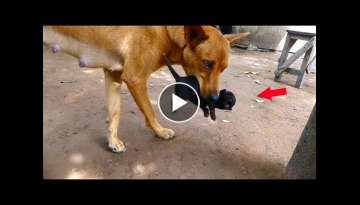



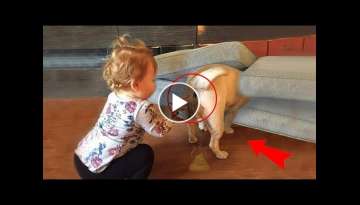


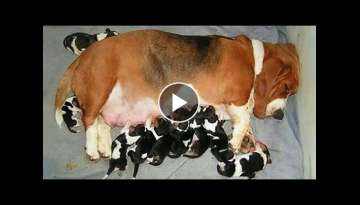



.jpeg&w=360&h=205&q=60&zc=2&cc=000000)

